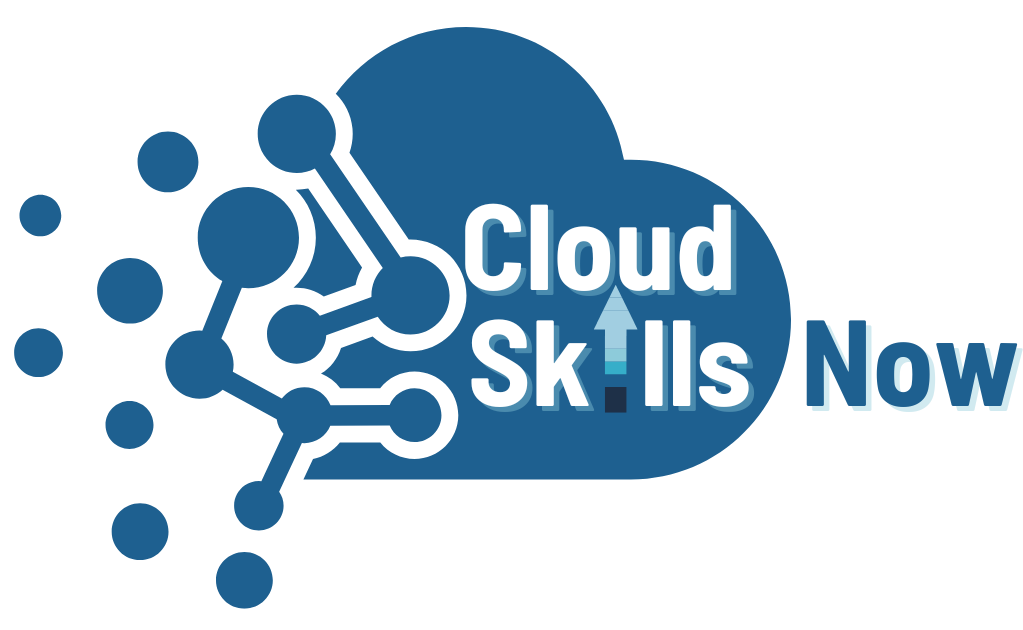Virtual Instructor-Led Training
Get certified or simply improve your skills with our virtual Instructors.
Categories
- Agile
- AI/ML
- All Courseware
- Application & Infrastructure
- Application and Infrastructure
- Business Analysis
- Cloud
- Data & Analytics
- Design Multimedia
- Developer
- DevOps
- Dynamics
- End User Application
- IT Service Management
- Leadership & Professional Development
- Modern Workplace
- Networking & Wireless
- Networking and Wireless
- Office Applications
- Programming
- Project Management
- Security
- Virtualization
Vendors
- Adobe
- Agile
- Amazon
- Business Analysis
- CertNexus
- Cisco
- CMMC
- CompTIA
- Crystal Reports
- CyberSecurity Professionals
- Development
- DevOps Institute
- EC-Council
- ISACA
- ISC2
- Java
- JavaScript
- Leadership & Professional Development
- Microsoft
- Microsoft Apps
- Microsoft Technical
- PeopleCert
- PMI
- Project Management
- Python
- Red Hat
- Scrum
- SHRM
- Six Sigma
- Tableau
- TCM Security
- Tracom
- VMware
- Web Development
- Workplace Fundamentals
AI/ML
Microsoft Technical
AI-102: Develop AI solutions in Azure is intended for software developers wanting to build AI infused applications that leverage Azure AI Foundry and other Azure AI services. Topics in this course include developing generative AI apps, building AI agents, and solutions that implement computer vision and information extraction.- 5 Days Course
- Live Virtual
$3,387.63Microsoft Technical
This course is intended for software developers wanting to build AI infused applications that extract information in Azure, including Azure AI Content Understanding and Azure AI Document Intelligence.
- 1 Day Course
- Live Virtual
Microsoft Technical
Natural language processing (NLP) solutions use language models to interpret the semantic meaning of written or spoken language. You can use the Language Understanding service to build language models for your applications.- 1 Day Course
- Live Virtual
Microsoft Technical
Computer vision is an area of artificial intelligence that deals with visual perception. Azure AI Vision includes multiple services that support common computer vision scenarios.- 1 Day Course
- Live Virtual
Microsoft Technical
Generative Artificial Intelligence (AI) is becoming more accessible through easy-to-use platforms like Azure AI Studio. Learn how to build generative AI applications like custom copilots that use language models and prompt flow to provide value to your users.
- 1 Day Course
- Live Virtual
Microsoft Apps
In this course, business leaders find the knowledge and resources to adopt AI in their organizations. It explores planning, strategizing, and scaling AI projects in a responsible way. This course helps professionals adopt Microsoft AI solutions for their industries, and identifies AI use cases, tools, and insights from industry-specific AI success stories such as healthcare, finance, sustainability, retail, and manufacturing.
- 0.5 Course
- Live Virtual
Microsoft Technical
This learning path explores how the Azure AI and Azure Machine Learning Services integrations provided by the Azure AI extension for Azure Database for PostgreSQL – Flexible Server can enable you to build AI-powered apps.- 1 Day Course
- Live Virtual
Microsoft Technical
Do you have information locked up in structured and unstructured data sources? Using Azure AI Search, you can extract key insights from this data, and enable applications to search and analyze them.- 1 Day Course
- Live Virtual
Microsoft Technical
In this learning path, you learn about the capabilities of generative AI using Microsoft Copilot. Bring your personal creativity and passion to dream up a novel destination and create the content to help tell its story.
- 0.5 Course
- Live Virtual
Microsoft Technical
Get more done and unleash your creativity with Microsoft Copilot. In this learning path, you’ll explore how to use Microsoft Copilot to help you research, find information, and generate effective content.
- 0.5 Course
- Live Virtual
Microsoft Technical
Artificial Intelligence is one of the most in-demand skill areas today. According to LinkedIn’s 2024 Jobs on the Rise report, AI-related roles are growing at a 21% annual rate, making foundational skills in this field more valuable than ever.
The AI-900T00: Introduction to AI in Azure course provides a fast-paced, one-day introduction to AI fundamentals and Microsoft Azure AI services. This course is not designed to turn you into a professional data scientist or developer, but rather to give you a solid understanding of common AI workloads, key concepts like generative AI and machine learning, and the Azure tools available to support them.
Through expert-led instruction and hands-on labs built on Microsoft Learn modules, you’ll gain practical experience working with Azure AI services for natural language processing, computer vision, speech, and information extraction, while also learning about responsible AI practices.
- 1 Day Course
- Live Virtual
$2,032.58Microsoft Technical
Learn how to use the Semantic Kernel SDK to build intelligent applications that automate tasks and perform natural language processing.
- 1 Day Course
- Live Virtual
